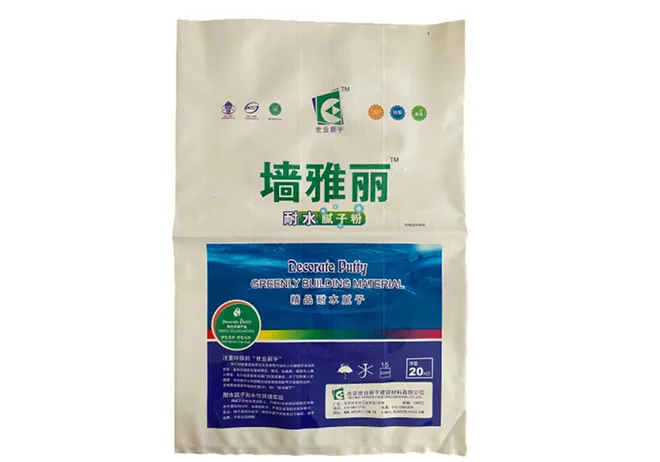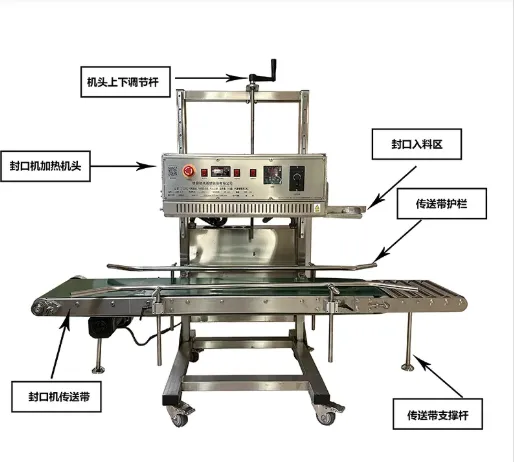Sterilization packages are critical components in various industries, especially in healthcare, where maintaining hygiene and safety standards is paramount. These packages provide an essential barrier against contaminants, ensuring that medical tools and products remain sterile until they're needed for use.

In the realm of medical practices, the significance of sterilization packages cannot be overstated. They are meticulously designed to safeguard the integrity of sterilized products, offering a robust protective layer that ensures safety from the production stage to the end user. This protective barrier is crucial in preventing infections, which can have severe consequences for patients and healthcare providers alike.
Experience in the field demonstrates that the quality of sterilization packages can directly impact the safety and efficacy of medical procedures. For instance, a compromised package could potentially expose instruments to harmful bacteria, leading to infection outbreaks in clinical settings. Therefore,
reliable sterilization packaging is indispensable for health facilities that aim to uphold the highest standards of patient care.

Expertise in manufacturing these packages involves an in-depth understanding of materials science and the stringent requirements of sterilization processes. High-grade materials like medical-grade paper, Tyvek, and plastic films are often used in their construction due to their durability and impermeability to microbes. The choice of materials is not random; it stems from extensive research and testing to meet international safety standards, such as ISO 11607, which outlines the requirements for packaging used in terminally sterilized medical devices.
sterilization package
Moreover, innovative designs in sterilization packages have evolved to enhance usability, contributing to more efficient workflows in medical environments. Features such as easy-peel lids, color change indicators for sterilization confirmation, and resealable closures are examples of how these products have advanced to support healthcare workers. Such innovations reinforce the manufacturer's commitment to both the usability and safety of their products, underscoring their authoritative position in the market.
The trustworthiness of sterilization package manufacturers is pivotal. Trust is built through consistent product quality, adherence to regulatory standards, and transparency with healthcare professionals. Leading companies often involve medical professionals in the design and testing phases to ensure that their products meet the practical needs of real-world medical environments. Additionally, reputable manufacturers maintain rigorous quality control processes, conducting regular audits and testing to verify the integrity of their sterilization solutions.
In the context of product development, continuous improvement based on feedback and advancements in technology illustrates the commitment to quality and safety. Real-world case studies and collaborations with healthcare institutions can further highlight a manufacturer's dedication to excellence. This collaboration fosters a cycle of feedback and innovation, ensuring that sterilization packages evolve in line with emerging challenges and standards within the healthcare sector.
To conclude, sterilization packages are not just protective shells; they are lifelines that support the foundational principles of healthcare safety and efficacy. The journey from development to delivery involves a complex interplay of expertise, technological innovation, and stringent quality controls. As such, when selecting a sterilization package, healthcare providers should consider these factors to ensure they are choosing a product that embodies the highest standards of experience, expertise, authority, and trust.